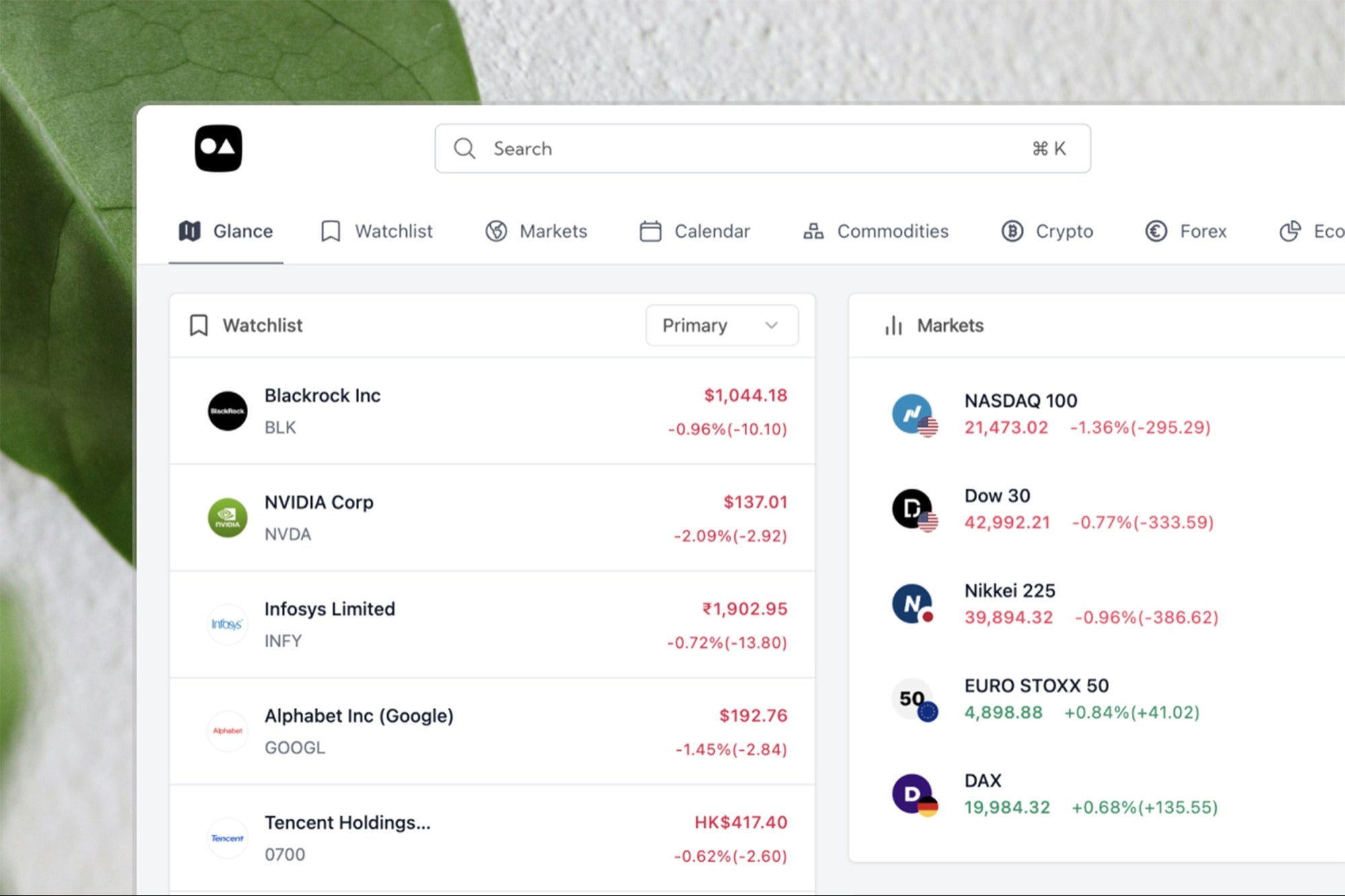Here's How to Grab an Investor's Attention and Land Funding In an environment where many startups are seeking funding but few get it, BIZ Experiencess need to know how to stand out.
By Lori Hoberman Edited by Dan Bova
Opinions expressed by BIZ Experiences contributors are their own.
Q: What is the best way to get the attention of a potential investor?
A: I was a judge at a pitch event a couple of years ago where one of the BIZ Experiencess presented his company while wearing a furry pink rabbit suit. While that outfit was certainly memorable, I'm not sure it prompted any of the panelists to write a check. There are better ways to get an investor's attention.
Related: The 5 Things You Need to Land Venture Capital
It's who you know…
A cold email or phone call is generally not the best way to reach a potential investor. Once you do your research to make sure you're targeting the right venture funds, reach out to your attorney or accountant or anyone else you know who networks in the venture space and see if they can make a warm introduction. A busy venture investor is much more likely to open an email from a contact and much more likely to ignore an email from an unknown party.
When I reach out to venture investors on behalf of a client, I like to send a very simple email with a very brief executive summary. All we're doing at that stage is testing interest -- if the investor wants to hear more, there will be plenty of time to wow them with your detail. Keep in mind that investors see dozens of potential deals each day and don't have the time or inclination to view a long document.
Ideal executive summary
The best executive summary is short -- no more than two pages. Include pictures, like graphs and screenshots, that illustrate the key points you're trying to communicate. Your intended audience is mainly comprised of visual thinkers, so those pictures may resonate better than text.
Related: How to Seek Early-Stage Funding That Won't Spoil Your Startup
The ideal executive summary hits the following five points:
- What the company does. Look at it this way: You have approximately 10 seconds to capture the reader's attention, so you might as well spend the time on this most important piece of information--two sentences on what the company does.
- What industry problem does the company solve. Explain the current state of the industry you're in and why you believe there is a problem that needs fixing.
- How does your company solve that problem. Here's your chance to describe your amazing solution. You can go into some detail on how your technology works to solve the industry problem.
- What is the market for that solution. Your solution could be the greatest invention since sliced bread, but if there is no market for it, your business will never succeed. In this section, describe in great detail your target market—who they are (business or consumer), where they live, how much money they make, etc. Show that you have a deep understanding of who will buy your product.
- How you will reach that market to make money. This is where you discuss your go-to-market strategy. Describe competitors and explain how you differ. Discuss potential product pipeline and company growth.
If you're fortunate enough to have existing clients, mention them on the first page of the executive summary and feature their logos (get permission first). If you're even more fortunate enough to be making money, explain why your go-to-market strategy is working and how you're proving your model.
What you should be ready for
If the potential investor is interested after seeing your executive summary, they will ask for financial information and a meeting or call. Have that financial information ready to go (actual and projections -- three year projections are usually sufficient) and prepare a power point presentation for the meeting, with 10 to 15 slides that expand on the five points mentioned above.












